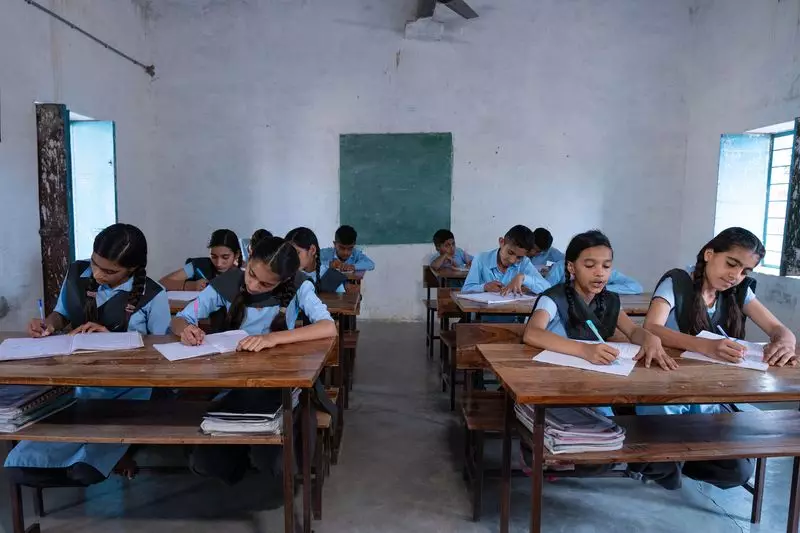
In a shocking revelation that highlights the world's failure to deliver on gender equality promises, UNESCO's Global Education Monitoring team has reported that 133 million girls worldwide remain out of school - three decades after the historic Beijing Declaration committed to educating every female child.
The Broken Promise of 1995
The Beijing Declaration and Platform for Action, adopted in 1995 by 189 countries, was hailed as a landmark commitment to gender equality and women's empowerment. Among its core promises was ensuring equal access to education for all girls. Yet today, the dream remains distant for millions.
Current Global Landscape
The UNESCO report paints a grim picture of the current education scenario:
- 133 million girls across the globe are completely excluded from formal education
- Sub-Saharan Africa shows the worst statistics, with millions of girls never entering a classroom
- South Asia, despite progress, continues to struggle with significant gender gaps
- The COVID-19 pandemic has exacerbated existing inequalities, pushing more girls out of school
Root Causes and Barriers
The report identifies multiple factors contributing to this educational crisis:
- Poverty: Economic constraints force families to prioritize boys' education
- Early marriage: Cultural practices and social norms lead to child marriages
- Safety concerns: Long distances to schools and inadequate facilities deter attendance
- Gender-based violence: Fear of harassment prevents consistent school participation
- Household responsibilities: Girls are often burdened with domestic chores and sibling care
India's Mixed Progress
While India has made significant strides in improving female literacy rates and school enrollment, challenges persist in several regions. The report acknowledges India's efforts through programs like Beti Bachao Beti Padhao, but emphasizes that rural areas and marginalized communities continue to face substantial barriers to girls' education.
The Way Forward
UNESCO experts recommend urgent measures to address this crisis:
- Increased government spending on girls' education infrastructure
- Community awareness programs to change social attitudes
- Scholarship schemes and financial incentives for families
- Improved school safety and female teacher recruitment
- Digital learning initiatives to reach remote areas
The report concludes that without immediate and concerted global action, another generation of girls risks being left behind, undermining not just gender equality but overall social and economic development worldwide.





